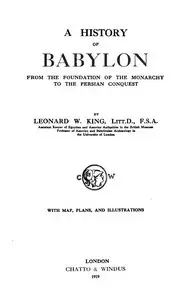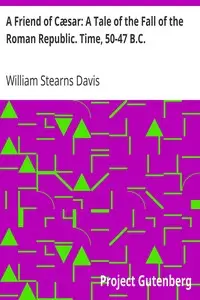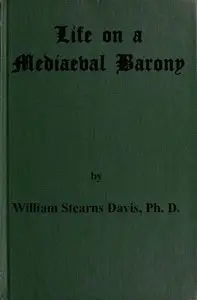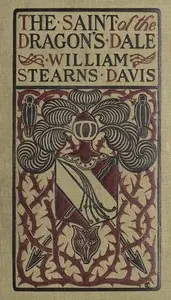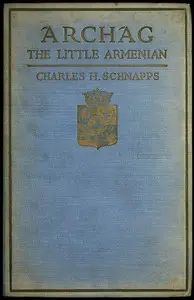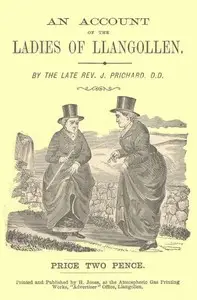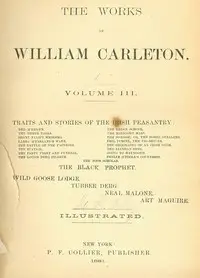"Belshazzar: A Tale of the Fall of Babylon" by William Stearns Davis is a historical adventure set in ancient Babylon, where the reign of King Belshazzar is shadowed by the rising power of the Persian prince named Darius. Darius, the gallant son of Cyrus, journeys to Babylon with his loyal friend Pharnaces and the captivating Princess Atossa. The encounter with the city’s opulent walls and intricate customs reveals a society where worship and politics are intertwined and sets the stage for looming conflict. As Darius considers his destiny and the well-being of his companions, the building political tensions become visible, hinting at the dramatic events that will soon change their lives and the fate of Babylon.
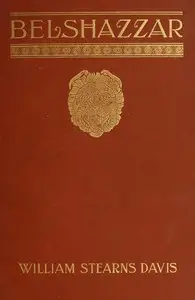
Belshazzar: A Tale of the Fall of Babylon
By William Stearns Davis
In a world of ancient empires, a prince and princess navigate love and loyalty as their nations clash, threatening to bring down a kingdom.
Summary
About the AuthorWilliam Stearns Davis was an American educator, historian, and author. He has been cited as one who "contributed to history as a scholarly discipline,. .. [but] was intrigued by the human side of history, which, at the time, was neglected by the discipline." After first experimenting with short stories, he turned while still a college undergraduate to longer forms to relate, from an involved (fictional) character's view, a number of critical turns of history. This faculty for humanizing, even dramatizing, history characterized Davis' later academic and professional writings as well, making them particularly suitable for secondary and higher education during the first half of the twentieth century in a field which, according to one editor, had "lost the freshness and robustness. .. the congeniality" that should mark the study of history. Both Davis' fiction and non-fiction are found in public and academic libraries today.
William Stearns Davis was an American educator, historian, and author. He has been cited as one who "contributed to history as a scholarly discipline,. .. [but] was intrigued by the human side of history, which, at the time, was neglected by the discipline." After first experimenting with short stories, he turned while still a college undergraduate to longer forms to relate, from an involved (fictional) character's view, a number of critical turns of history. This faculty for humanizing, even dramatizing, history characterized Davis' later academic and professional writings as well, making them particularly suitable for secondary and higher education during the first half of the twentieth century in a field which, according to one editor, had "lost the freshness and robustness. .. the congeniality" that should mark the study of history. Both Davis' fiction and non-fiction are found in public and academic libraries today.


